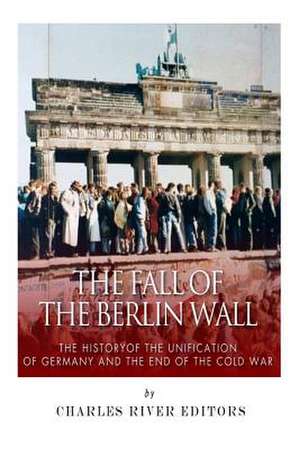The Fall of the Berlin Wall
Autor Charles River Editorsen Limba Engleză Paperback
Preț: 64.86 lei
Nou
Puncte Express: 97
Preț estimativ în valută:
12.41€ • 12.99$ • 10.27£
12.41€ • 12.99$ • 10.27£
Carte disponibilă
Livrare economică 15-29 martie
Preluare comenzi: 021 569.72.76
Specificații
ISBN-13: 9781508721321
ISBN-10: 1508721327
Pagini: 58
Dimensiuni: 152 x 229 x 3 mm
Greutate: 0.09 kg
Editura: CREATESPACE
ISBN-10: 1508721327
Pagini: 58
Dimensiuni: 152 x 229 x 3 mm
Greutate: 0.09 kg
Editura: CREATESPACE
